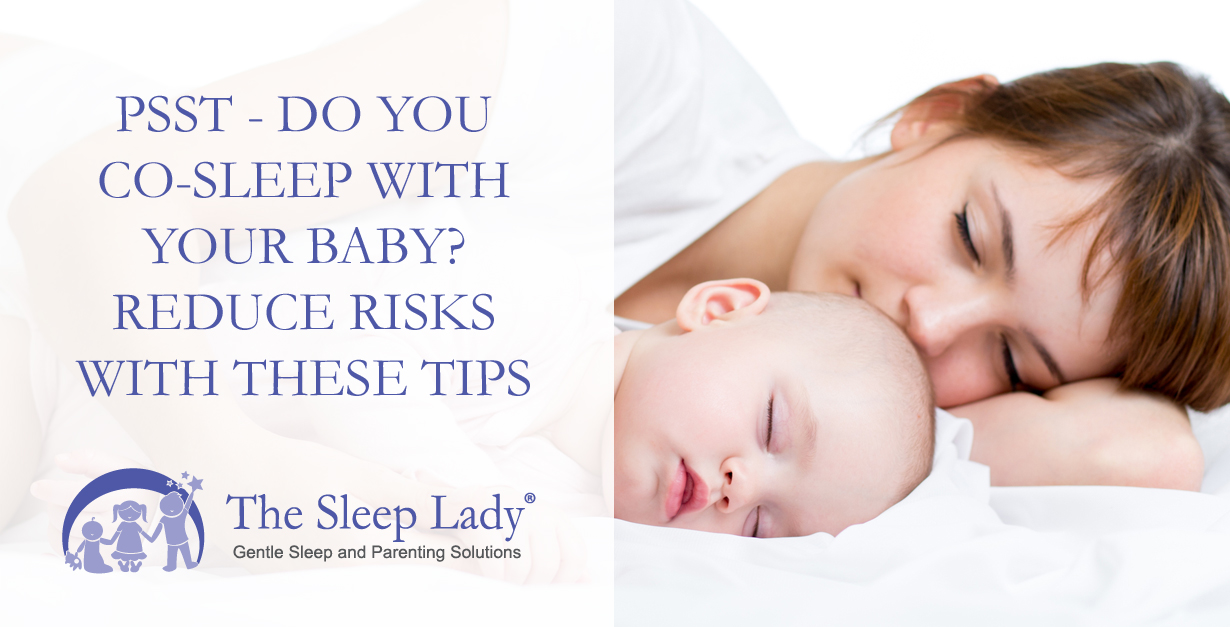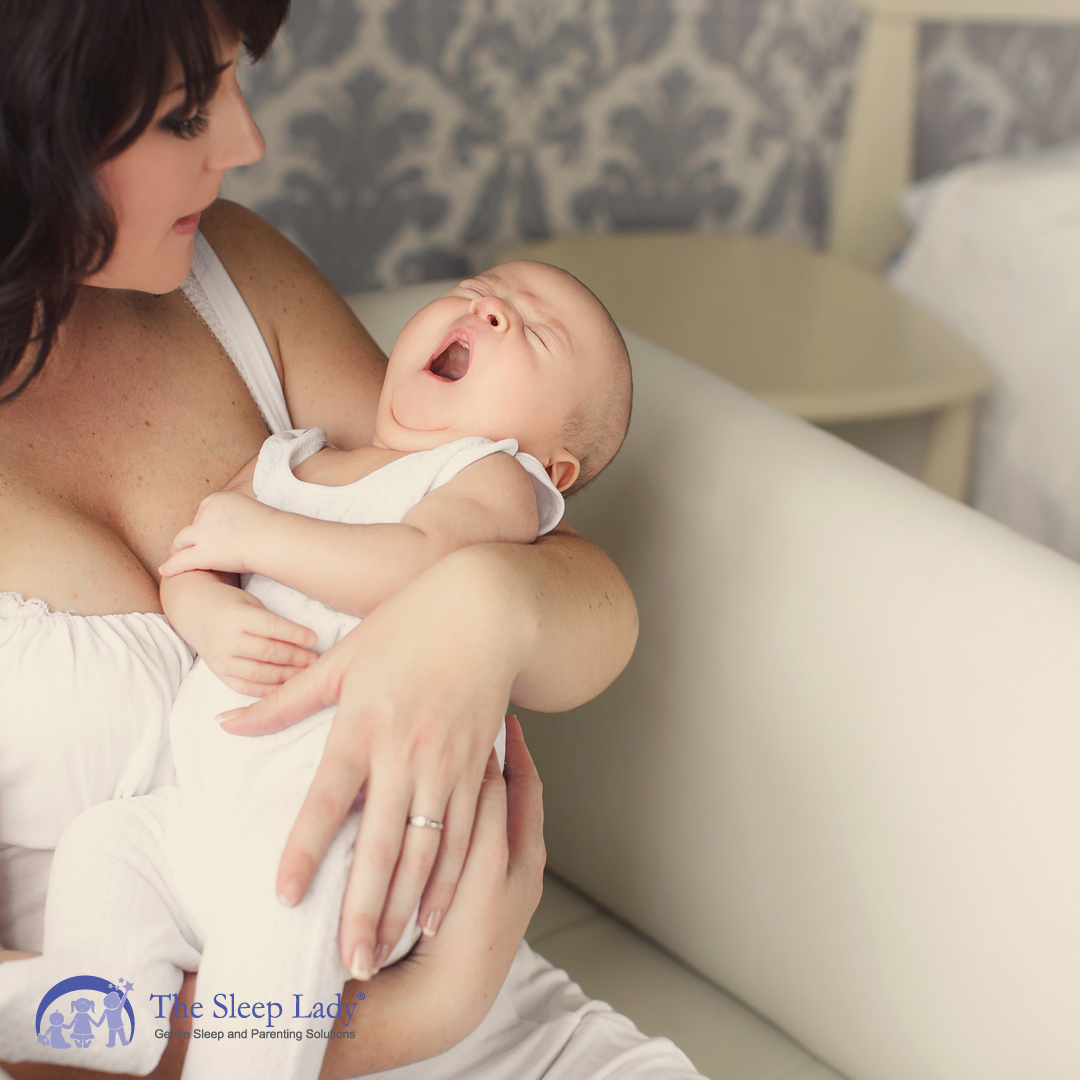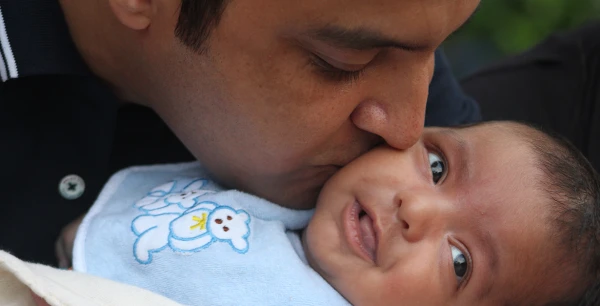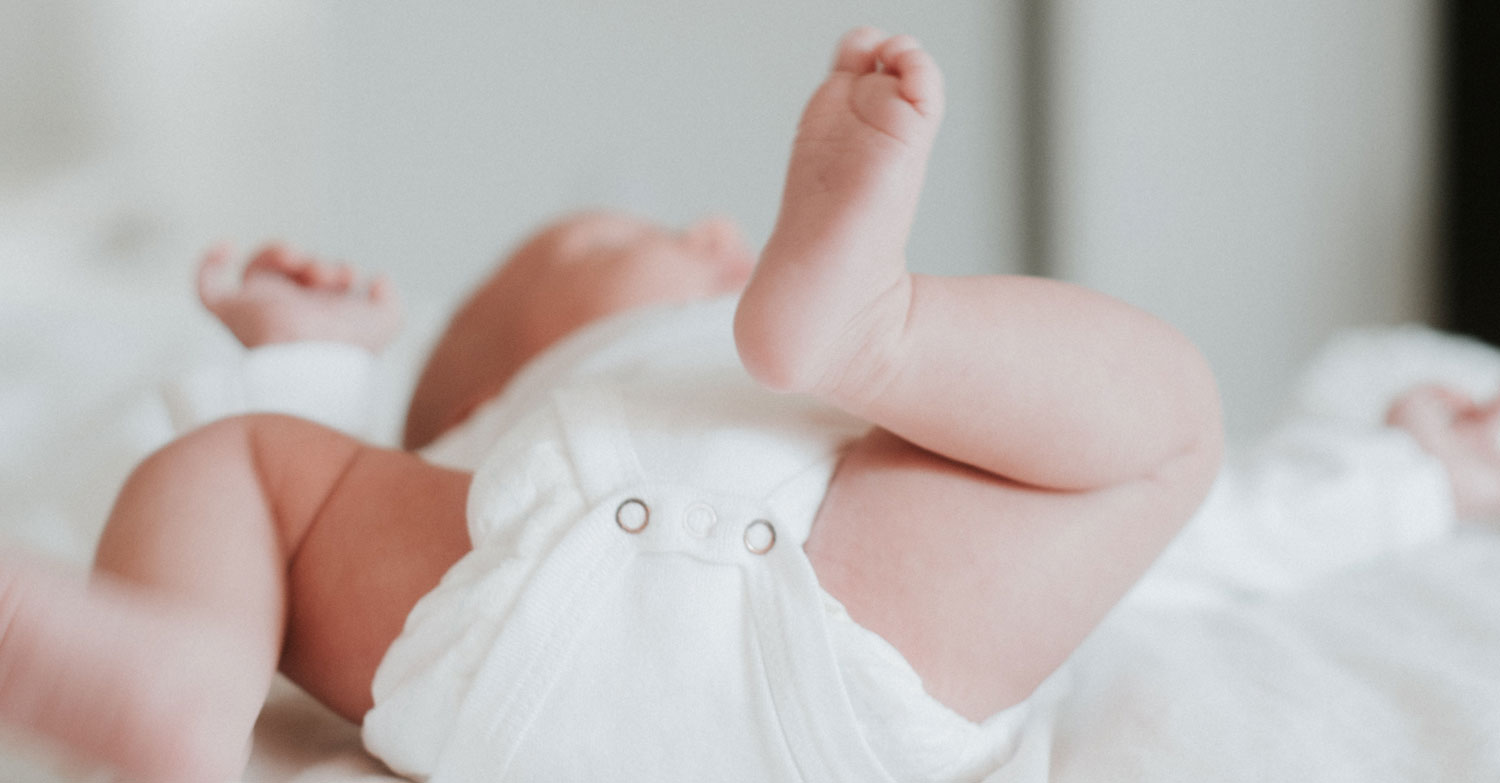 This article originally appeared on US News and World Report, February 14, 2017.
This article originally appeared on US News and World Report, February 14, 2017.
When it comes to infant sleep practices, perhaps no topic is more debated than whether parents should co-sleep, or share their bed with their infant. Concerns about the risk of suffocation and sudden infant death syndrome prompt health care professionals to warn against co-sleeping under any circumstances.
However, it’s important to understand that there are differences between families who have planned to co-sleep, or intentional co-sleepers, and those tired parents who bed-share in a pinch, or “reactive co-sleepers”. In fact, the risk of SIDS is different for these two groups. A 2012 meta-analysis published the Journal of Pediatrics found that routine, intentional co-sleeping was not associated with an increased risk of SIDS. The increased risk only existed for reactive, unplanned co-sleeping.
Unplanned co-sleeping is actually very common. Data from the 2010 Survey of Mothers’ Sleep and Fatigue found that about 60 percent of parents will bed-share at some time in the baby’s first year. Because of the warnings about how dangerous it is, parents may not want to admit they co-sleep out of fear of criticism or stigma. Responding to an online survey by the website Gentle Parenting, half of parents reported lying about bed-sharing to avoid criticism or stigma. The secrecy associated with co-sleeping means parents may not receive vital advice from health care professionals, and may not learn how to prepare for safe co-sleeping, resulting in conditions that often are hazardous to the health of the child.
New Recommendations
In their new recommendations on protecting against SIDS, the American Academy of Pediatrics recognizes that the absolute prohibition against co-sleeping and bed-sharing – especially for breast-feeding mothers – has resulted in a number of exhausted moms falling asleep with their babies while sitting in a chair or on the couch. The AAP now recommends room-sharing, not bed-sharing, for at least six months and up to a year to protect against SIDS and support breast-feeding. This allows mothers to nurse in bed and conveniently put the baby back in a nearby crib or co-sleeper, a bassinet that attaches to the side of an adult bed.
The dangers of suffocation, SIDS, and entrapment associated with unsafe co-sleeping are real, and it’s important to know how to avoid them. Preparation is key to safe sleep. Also, make sure to talk to your physician about co-sleeping. There’s no substitute for your doctor’s input and oversight of your child’s care.
Related: How to Promote Safe Sleep for Your Infant.

What to Do – and Not to Do – if You Plan to Co-Sleep
Here are some suggestions for parents considering co-sleeping shared by experts in the field, including Dr. James McKenna, a researcher and head of the Mother-Baby Behavioral Sleep Laboratory at Notre Dame University:
- Plan ahead. Prepare your sleep space ahead of time. Create a safe “crash pad” where you can lie down in the baby’s room or on the floor near your bed. Use a futon or firm, extra mattress with no pillows or duvets. A crash pad is perfect for those nights when your baby wakes frequently, your own bed isn’t set up for safe co-sleeping, and you’re so exhausted that you’re afraid you may fall asleep feeding or holding your baby. Have a co-sleeper or port-a-crib ready for your room just in case.
- Keep it firm. Be sure your mattress is firm and the sheets fit well. Never use a waterbed or any soft or flexible sleeping surface.
- Move away the fluff. If you bring your child into your bed, move away all pillows and blankets. You may need to add a layer to your own pajamas. Babies should never be covered by duvets, sheets or blankets.
- Ensure there are no gaps. Use well-designed guardrails to protect your baby from rolling off the bed or becoming entrapped. Make sure there are no gaps between the mattress and the headboard or foot board. Some parents choose to move their mattress to the floor for a few months to reduce these risks.
- Consider bed position. Ideally, move your bed away from walls for this period of time to avoid any entrapment. It’s hard to get a mattress anchored close enough to a wall without creating an entrapment hazard.
- Choose the right sleep position. Place your baby between a guardrail and the mother, not between the two parents. Mothers are characteristically more aware of their baby’s presence even when sleeping. Also, remember to place your baby on his back to sleep to reduce the risk of SIDS.
- Tell your partner. You and your partner should always be made aware that a baby is present in the bed whenever co-sleeping occurs. If the family bed is your ongoing choice, then your partner will be aware of this from the outset. This is a warning for those who may accidentally co-sleep. It may feel counter-intuitive to wake your partner to let him or her know you’re bringing your baby to bed to help everyone sleep better, but it increases the safety for your child if you are both aware of your baby’s presence in the bed.
- Don’t let your hair become a hazard. Put long hair back in an elastic band to avoid your child getting tangled in your hair, posing a potential strangulation hazard.
Related: 10 Things No One Tells You About Breast-feeding.
When You Should Not Co-sleep
In a handful of situations, it’s best not to bring your child into your bed at all. The risks to their health increase significantly in these circumstances. Here are some scenarios when you should refrain from bed-sharing:
- Deep sleeper: If mom or dad tends to be a very deep sleeper, they may not awake to a baby’s distress.
- Smoking: Secondhand smoke and exhaled air from a smoker poses significant health risks to infants and toddlers who can re-breathe that air.
- Body awareness: If you are significantly overweight, or obese, you may not be as aware of the placement of your body while sleeping.
- Reduced mental awareness. If you have been drinking alcohol or using drugs or medications that can impair your judgment, you may not be able to respond to your baby’s signs of distress.
Related: The 11 Most Dangerous Places in Your Home for Babies and Small Kids.
The key to safer co-sleeping is planning ahead. Make sure that your bedroom is ready in case you hit the rough patches that most parents encounter at some point in the first year. Understanding the risks can help you prepare so that you can all have a good, safe night’s sleep.


